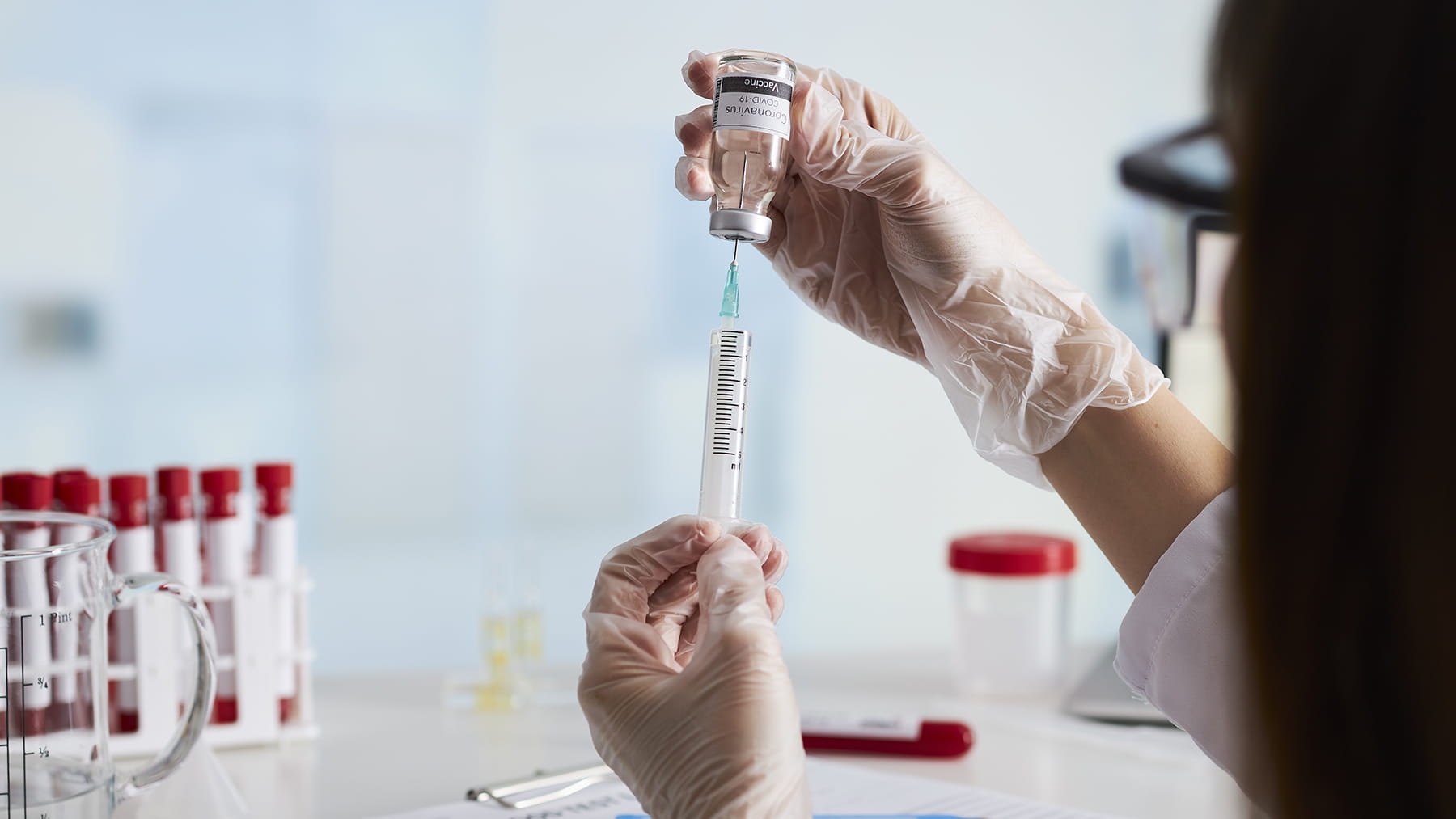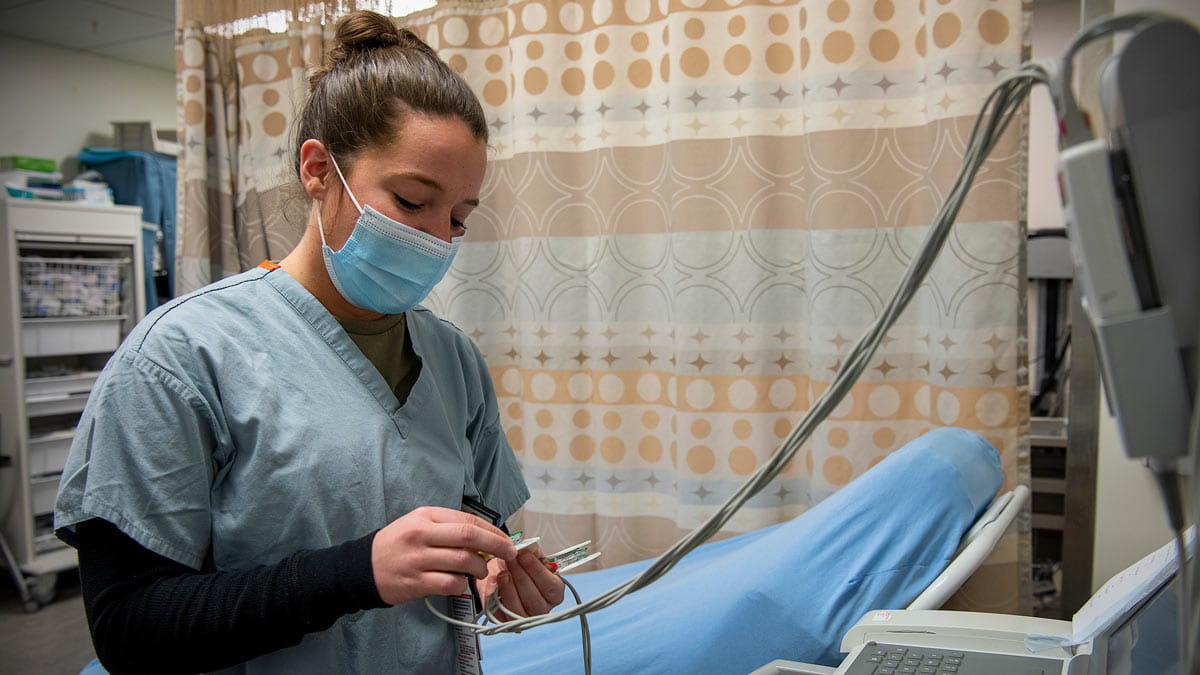Explaining Johnson & Johnson’s, AstraZeneca’s new COVID-19 vaccines

On Aug. 23, 2021, the U.S. Food and Drug Administration approved the Pfizer COVID-19 vaccine for the prevention of COVID-19 disease in people 16 and older. As what we know about COVID-19 evolves, so could the information contained in this story. Find our most recent COVID-19 blog posts here.
The first COVID-19 vaccines given emergency use authorizations (EUAs) from the FDA — the Pfizer and Moderna vaccines — rely on mRNA vaccine technology. But the next vaccines most likely to receive EUAs use a different vaccine template called viral vector technology.
These COVID-19 vaccine candidates, from Johnson & Johnson and Oxford/AstraZeneca, have been studied since summer 2020, though viral vector vaccines in general have been studied since the 1970s. Viral vector vaccines were used recently to respond to Ebola outbreaks, and human clinical trials have tested viral vector vaccines against Zika, influenza, HIV and malaria, among other viruses.
Technology used in viral vector vaccines
Viral vector vaccines use a modified, harmless version of a different virus as a vector, or carrier, to deliver immunity instructions to cells in the body. The body then follows those instructions to build an immune response to the intended virus (in this case, SARS-CoV-2, which causes COVID-19.)
The virus vector being used in the Johnson & Johnson and AstraZeneca vaccines is an adenovirus, a common type of virus that typically causes mild cold symptoms when it infects someone.
COVID-19 viral vector vaccines inject a harmless adenovirus vector, which carries unique genetic information from the COVID-19 virus to human cells. Once it reaches human cells, the vector uses that genetic information with the cell’s machinery to produce a COVID-19 spike protein (a small piece of SARS-CoV-2) on the cell’s surface. That spike protein triggers a response from the body’s immune system to start producing antibodies to COVID-19.
The antibodies created are specific to the virus that causes COVID-19, meaning the body is then prepared to protect against any future infections of the SARS-CoV-2 virus.
Pros and cons of viral vector vaccine technology
Viral vector vaccines work well in pandemics because they’re easy to produce quickly and in large volumes. Decades of clinical data show that adenoviruses in particular can trigger a strong immune response in humans, making them especially effective.
However, if a viral vector vaccine uses a virus that you’ve already been exposed to and, therefore, have pre-existing immunity for, the vaccine won’t be as effective for you. That’s why scientists creating these vaccines try to choose versions of viruses that we’re unlikely to encounter naturally — in the Johnson & Johnson and AstraZeneca vaccines, the adenovirus is a strain that is found only in chimpanzees.
How safe is this vaccine technology?
As with the mRNA COVID-19 vaccines from Pfizer and Moderna, these other COVID-19 vaccines will receive EUAs from the FDA only if they’re deemed safe based on a rigorous evaluation of scientific evidence. If the available data changes or if new information becomes available, the authorization for a vaccine’s use can be adapted.
Johnson & Johnson has studied its COVID-19 vaccine in nearly 44,000 people in the U.S., Central America, South America and South Africa. About 9% of the participants reported symptoms of fever, and .2% reported a Grade 3 fever (between 102 and 104 degrees.)
Oxford/AstraZeneca has studied its COVID-19 vaccine in over 24,000 people in the UK, South America and South Africa. Importantly, patients receiving the vaccine who did contract COVID-19 were not seriously ill or hospitalized for it. Side effects (fever, muscle aches) were similar to the Johnson & Johnson vaccine.
All vaccine trials have scheduled monitoring reviews, typically by an independent group known as a Data and Safety Monitoring Board, which routinely assesses safety or can be convened quickly to review any unanticipated adverse events.
Vaccines are lifesaving tools to prevent infectious diseases and keep us healthy. These new vaccines, which are expected to be authorized in the near future, offer additional hope for controlling this pandemic.
Robert Weber is the administrator of Pharmaceutical Services at The Ohio State University Wexner Medical Center and an assistant dean in the Ohio State College of Pharmacy.




